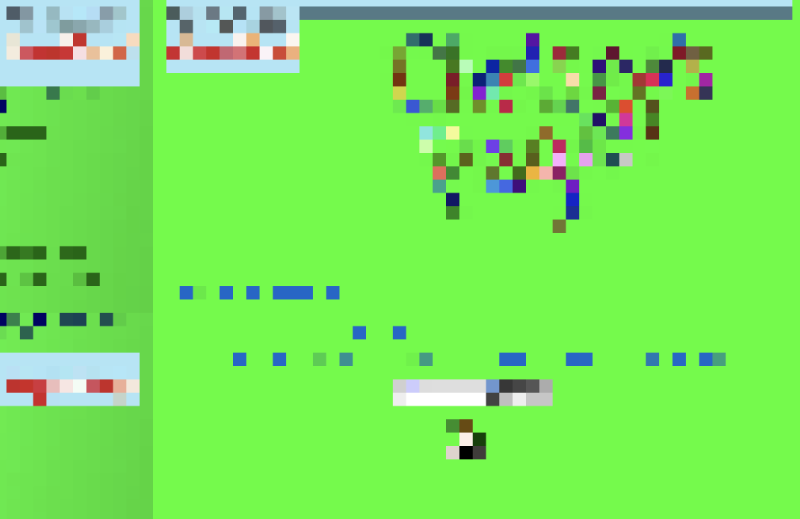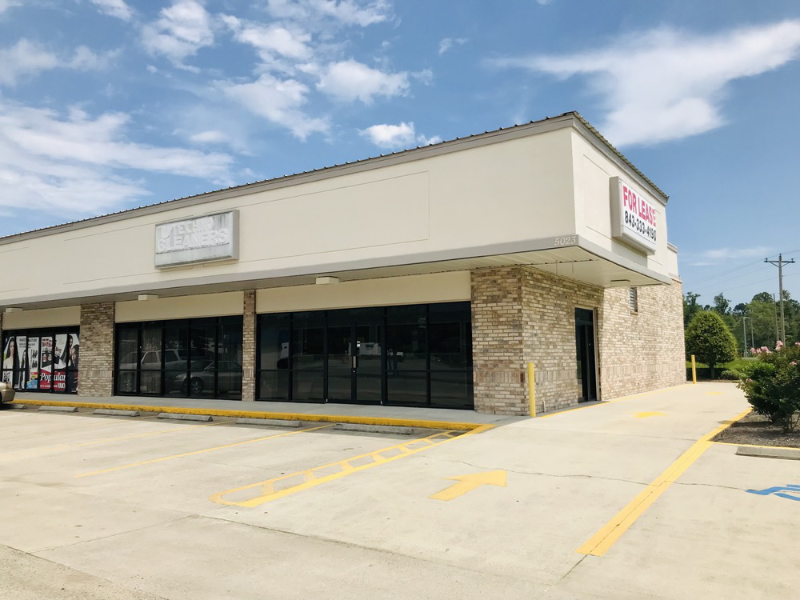|
I was eleven when I made my first Angelfire site.
It's still live on the archived internet. I'll never tell you the URL, because my cringey middle school self, whom I love and cherish, does not need to bear the scrutiny of the modern public.
The site has the feel of a kid's room; nothing matches and the only theme binding them together is, "CJ likes this." It has images from TV shows and musicals I was into and pictures of my friends' art, who I liked to hype.
It also has a "QUOTES ZONE." I, like most teenagers, went through a phase where I found edgy or cool quotes in school reading, online sites, or inside jokes with my friends and thought, "ah, this defines my essence,." Into the QUOTES ZONE they went.

Over twenty years later, those quotes may not define me, but they symbolize a freeness to write down what I liked, even if it was weird, and what kind of people I idolized, even if it was a little cringey.
Overall, it was a personal place to me. Something that wasn't tailored to me, but something I made my own.
"They just don't make 'em like they used to"
"They just don't make 'em like they used to," a research participant says. He's sitting across from me in his car. I am interviewing him; I am asking him about his car and why he bought it. "I remember customizing my car with my dad. We made those cars to fit our dreams. There wasn't anything on the market that was exactly what we wanted."
I nod. His comment resonates with me. I'm a tinkerer, too. I don't like "out of the box" things unless I've done a few modifications on them first. I can't use a website template without digging into the code and adding in something unique.
"With these electric components I don't do as much custom work. I break them, I void the warranty," he continued. "I don't really own that car, the maker does. I used to think affording a new car was my end goal, but nowadays...an older car I feel comfortable repairing is fine by me."
Most online spaces like Instagram, Twitter, Medium and Tumblr feel like I'm renting, not owning. For the price of convenience and visibility, I'm giving up my rights to full customization and am restricted by their, and their hardware's, Terms of Service. I am free to make myself at home...as long I abide by the contract rules and I don't put holes in the wall.
What changed?
In the mid 00's, I was happy to do just that. The online spaces made themselves welcoming, so I followed. But over time, the customization became meaningless, and the things I was writing or posting about to make my space feel like home became "content" and I became a "content creator."
My friends became "my audience" and once-thoughtful comments were replaced with emoji reactions. I would try harder to get "engagement," i.e. thoughtful comments by making more "content." I can't blame my friends for not reacting, though. When everyone's a content creator, the world becomes a sea of things to react to. You get tired. You don't have enough time. And Facebook built a convenient "like" button.
It wasn't until recently that I realized platforms were trying to solve for issues they'd created themselves. If they put too much information in front of people, they would become overwhelmed and not comment. But people like comments, so they made a button that is an easy comment—a react. Most landlords' end goals are not to help their tenants own a house; it's for them to keep renting so that they will receive money.
And in this case, money is data, created by people but never owned by them.
Social media platforms like Facebook, Instagram, and Twitter made it easy for me to sign a contract. They encouraged me to "make a home" on the web, but just like renting, there is almost never a future where my home on social media can truly be mine.
I wanted to reclaim that.
So I stopped updating my Twitter. I stopped using Medium. I started retreating to Discord, Cohost, and recently, my personal blog.
It's been strange having the code editor up instead of the post editor. And true, I've encountered much more friction in making my own spaces; it's not as smooth or as easy a setup, but the end product is something that I feel proud of.
And I don't feel pressured to post as much. It's nice to not have that anxiety in the back of my head; that I need to capture the moment to show it. If I do snap a photo, I share it on Discord, or Slack, or LINE, or one of the many direct messaging channels I have now.
I still keep a presence on Twitter for Terranova, and check my personal/professional Twitter from time to time, but mostly for direct messages.
This space may not be 100% mine—it still is hosted on neocities' and GitHub's servers, but it feels more like my home on the internet many years ago—moreso than it ever has.
That is what is most important to me right now; to feel like I am making a space, not having the space tailored to me. My desire for ownership now outweighs my desire for convenience.
Twitter is my local mall
Watching people leave Twitter has been, for me, like watching my local mall shut down. I spent my days in that mall and ran into a lot of people I knew or became friends with, despite the mall's purpose being commerce. I feel sad to let that go.
When I was a teenager, I was part of the mall rats that would hang out in the mall for hours and hours; not buying anything but hanging out in the Sharper Image until they told us to leave. Somehow, us kids were able to squeeze out our own meaning from a place that wasn't meant for us, and that itself was meaningful.
But it was a shopping mall. And Twitter is a platform whose survival depends on monetization. A shopping mall, and Twitter by extension, isn't defined by the amount of new friends and connections made there, it's whether or not businesses survive. And if they don't, the mall dies. This was always true, but for a while we fooled ourselves into thinking we owned the mall.

Public libraries of the internet
Rather than saying "good riddance" or mourning the loss of large-scale platforms on the internet, this is a moment for me to reflect on how sustainable it really is to build spaces on the internet that are commerce-first, people-second.
Commerce-first spaces, like malls, ensure that the space will only survive as long as the businesses survive. If community meetups are happening here, their presence are precariously balanced on the decisions of the mall executives. If the execs make a mistake in putting unprofitable businesses in the mall, then the mall will fail and the place the community had dissolves.
Libraries are a great example of people-first spaces. Most of the time they are funded by the government, for use by the public. Their survival is dependent on donations from the community and the community coming to and making use of their public services.
The good news is, there are a few people-first spaces already on the web, and they're mainly non-profits, not government. Wikipedia, The Internet Archive, and The Organization for Transformative Works continues to break ground in this space.
Another option is for for-profit places on the internet to be run by small, sustainable teams and their business models to be transparent to users so it is clear what will and will not allow the business to succeed. I'm personally biased towards cohost, which has been initially self-funded and is using a subscription model. Or Dreamwidth, which has been run by a small crew of people for many, many years. Denise, one of the founders of Dreamwidth, has some of the most helpful reading on understanding Terms of Service agreements on modern websites.
I have a lot more to learn in this area. I've been looking to people who have been in the guts of the Internet far longer than me for information on how to reclaim my own home, and also to marginalized communities, who are concerned with the usability and personal safety of a site over, say, the ability to appear smart or hacker-ly.
It's been an interesting journey to venture from my old, mismatched Web 1.0 site, into the shiny high-rises of Web 2.0 to settle into a home of my own. I once was a kid who spent hours in the library. As a young adult, I thought I'd grown out of the library. But I've returned, now older and bolder.
I want a happy ending to this story, but the future is still so uncertain. For now, I've been enjoying myself. I used to think having a sleek, modern website was a goal, but nowadays...what I feel comfortable I can repair is fine with me.
CJ is a designer and indie dev. They write as a hobby. If you like this article, why not say hello in an email or buy them a coffee to support their work?